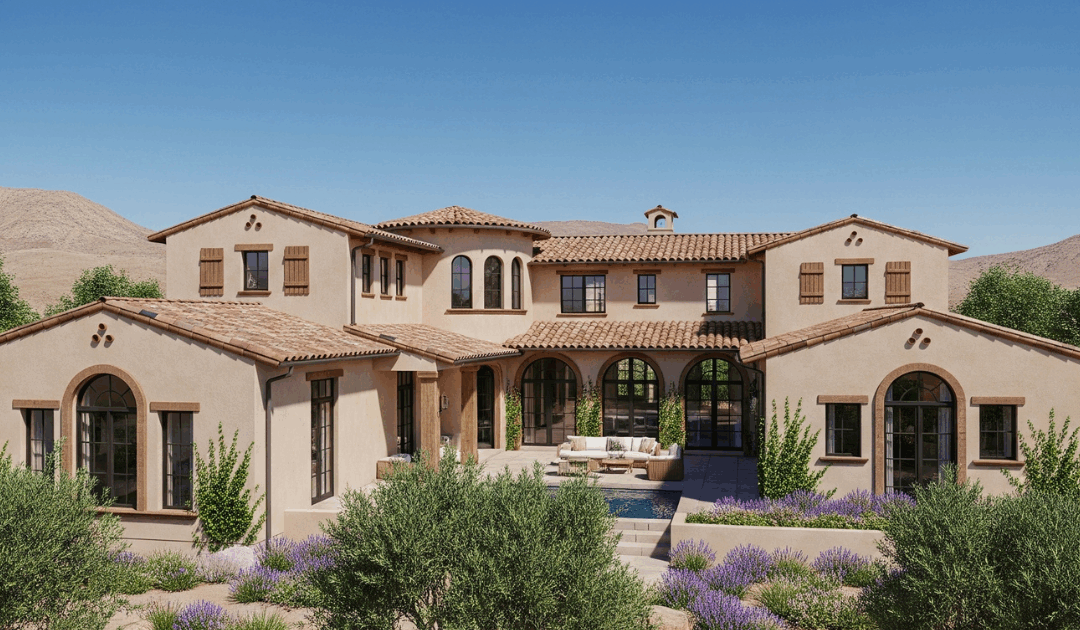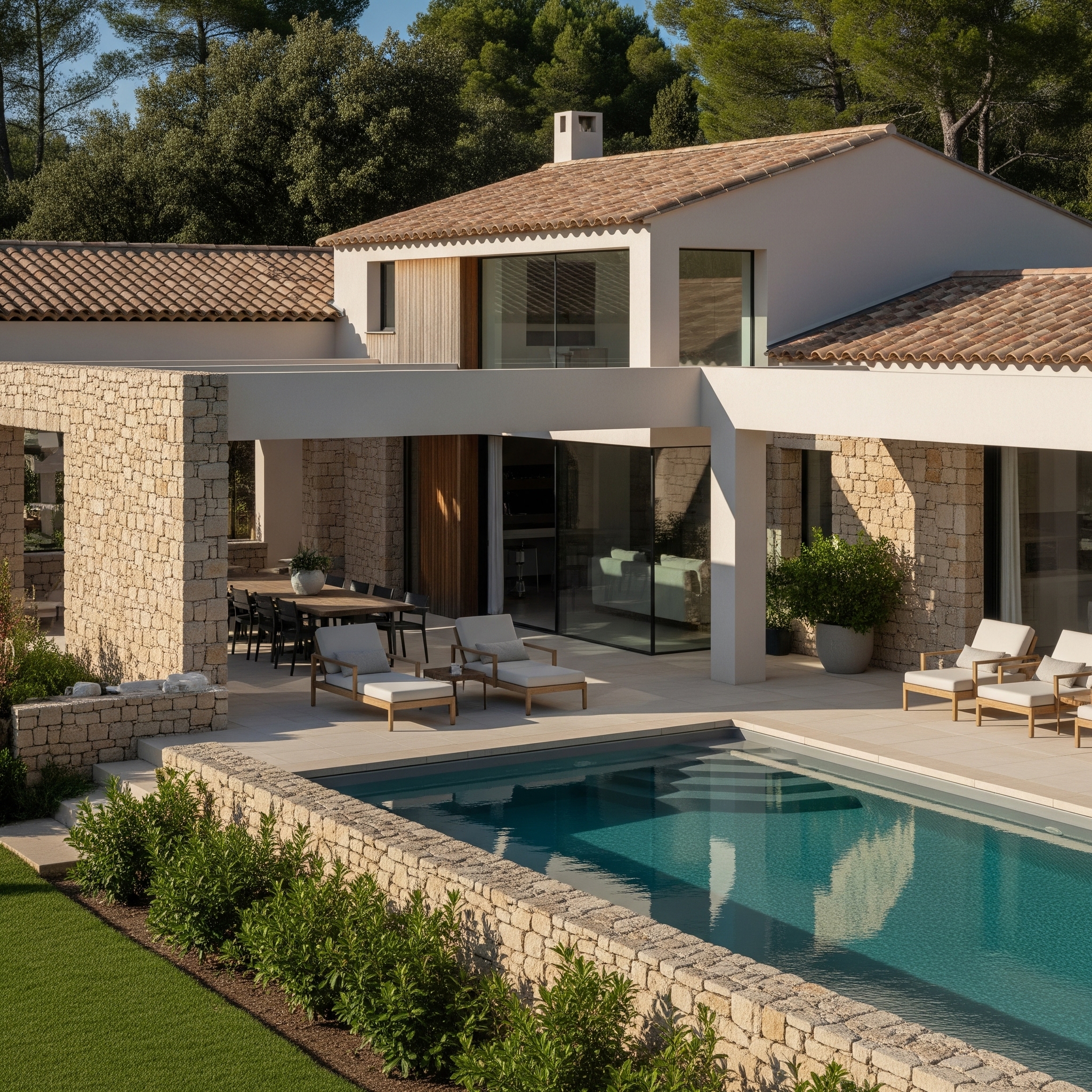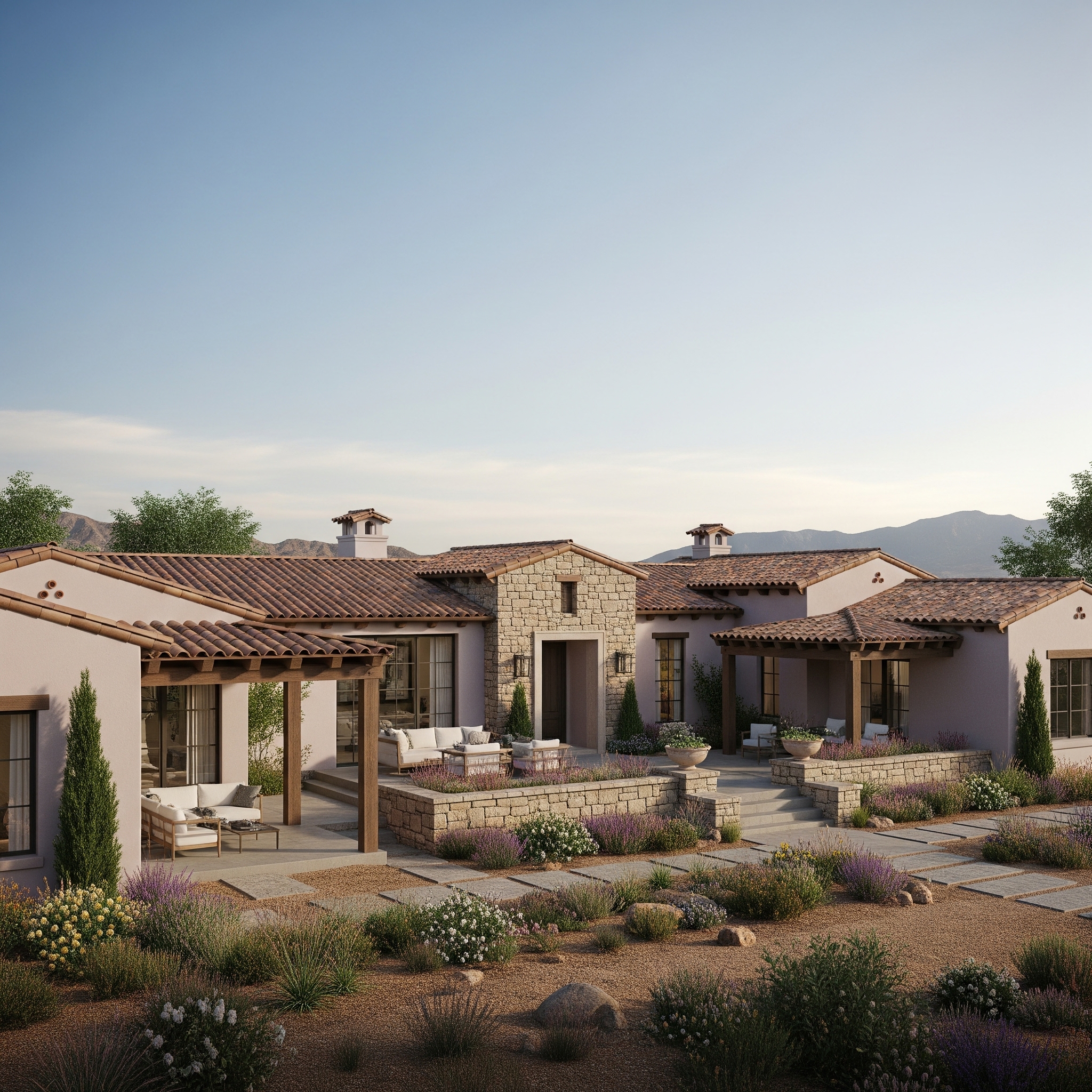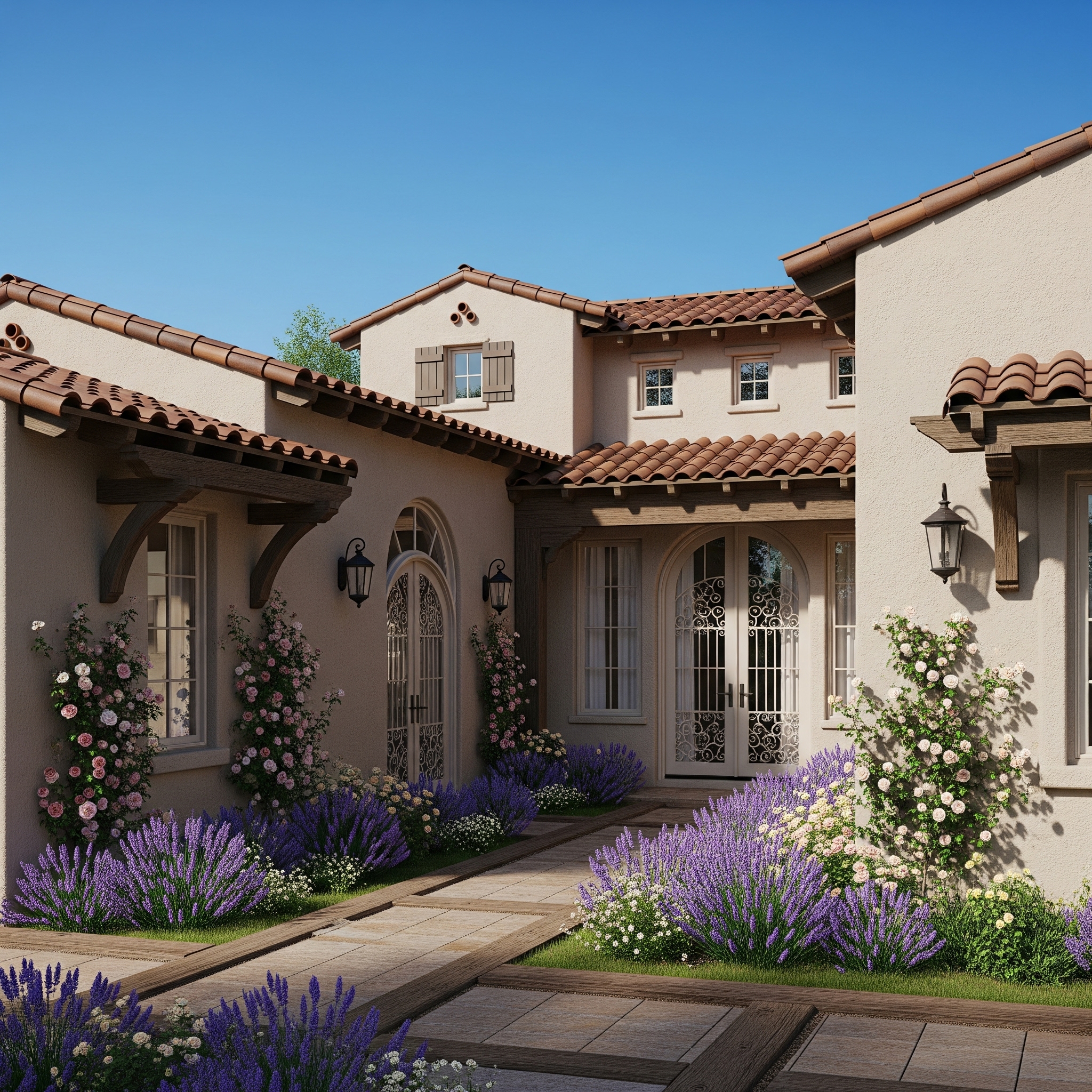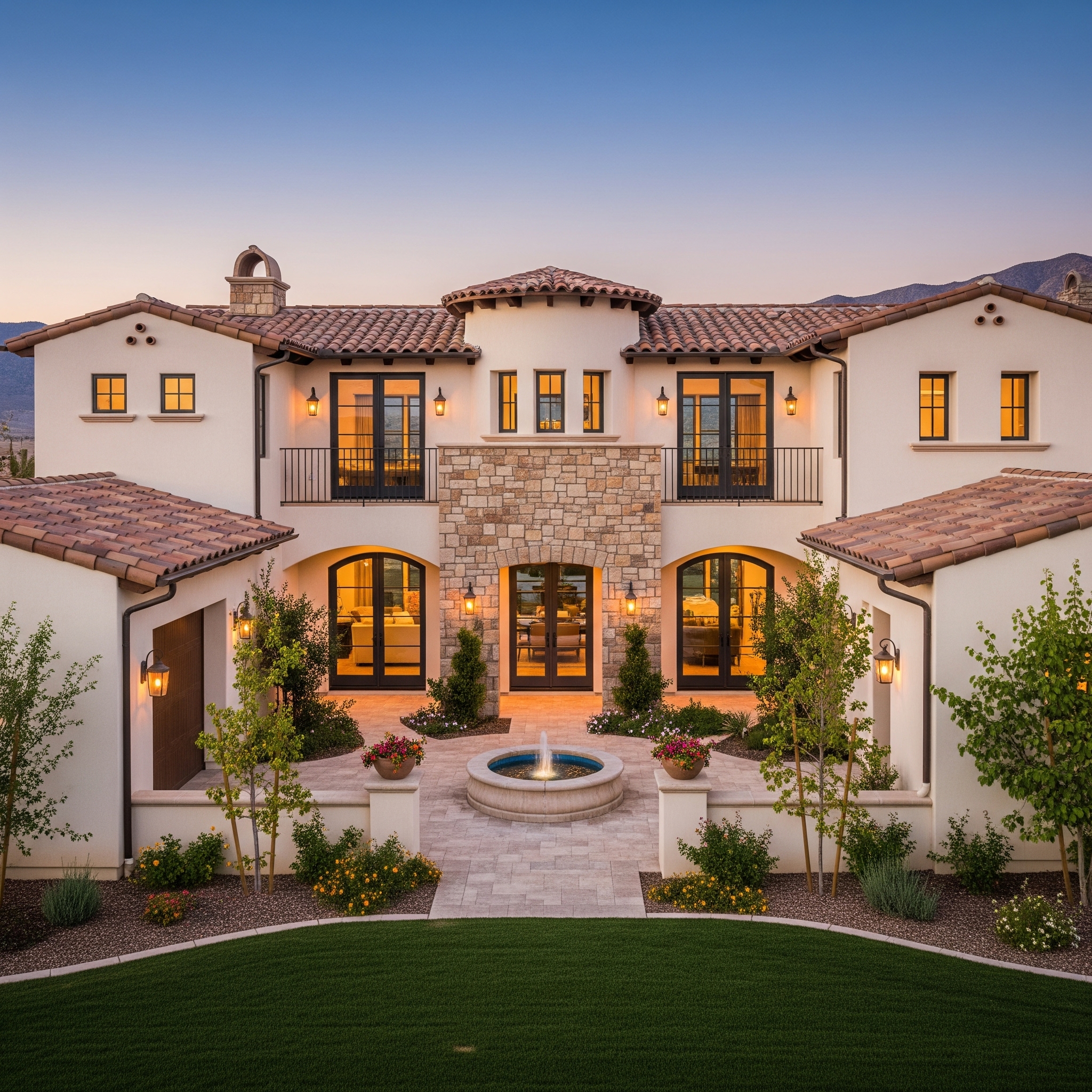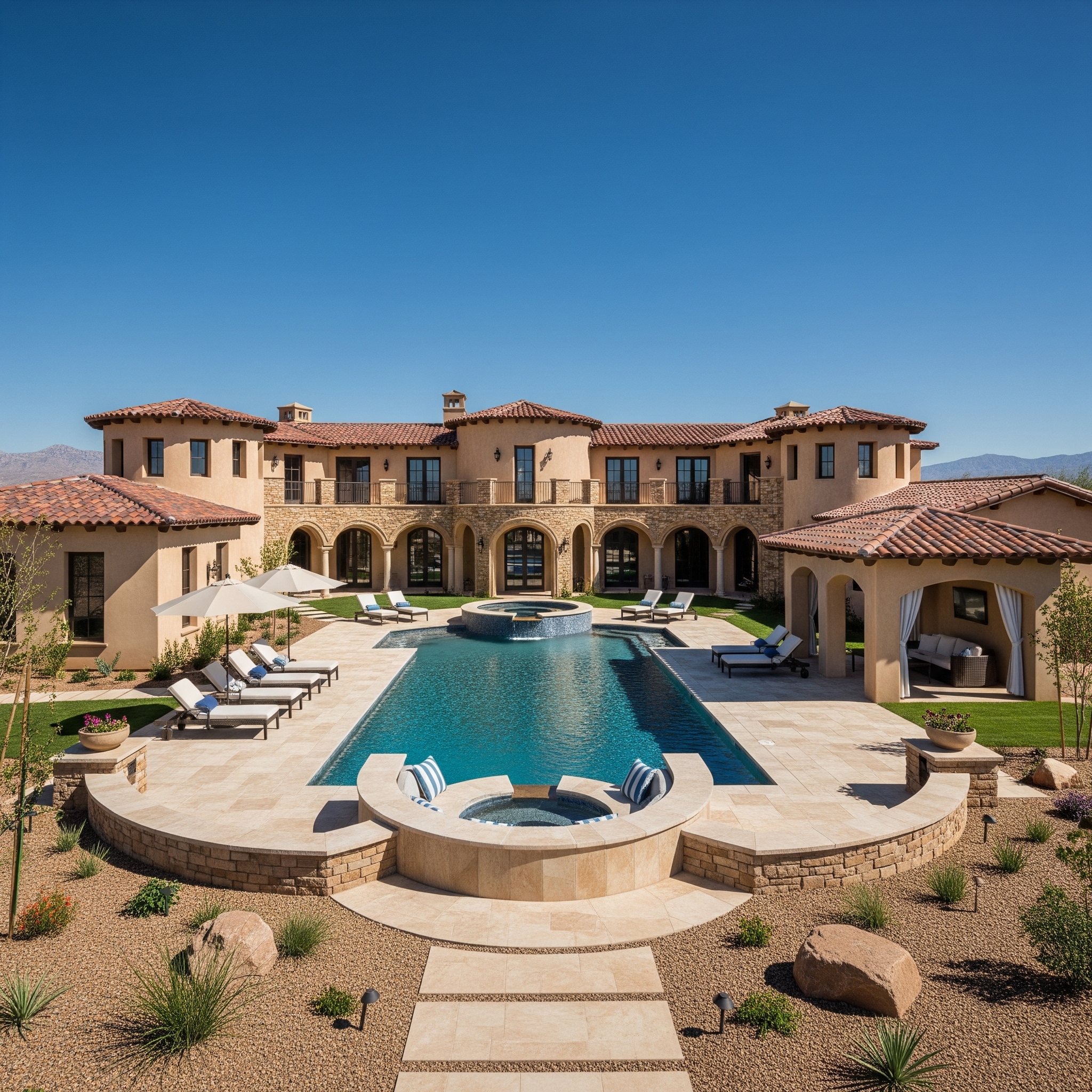The timeless charm of the French countryside has long captivated the world with its elegant simplicity, rustic textures, and warm, welcoming spirit. At the heart of this aesthetic lies the French Provincial house—a style that perfectly blends sophistication with comfort. This architectural approach is more than a look; it’s a lifestyle. Whether you’re building a new home or simply dreaming of one, understanding the roots and appeal of French Provincial architecture is the first step in bringing this vision to life.
In this article, we’ll explore the origins, characteristics, and modern interpretations of French Provincial homes, while offering design insights and ideas for those seeking a touch of French country architecture in their own spaces.
What Is Provence Architecture?
Provence architecture, also known as French Provincial architecture, originated in the southeastern region of France known as Provence. Nestled between the Alps and the Mediterranean, this area has long been a source of architectural inspiration due to its picturesque landscapes, historical influences, and laid-back lifestyle.
The style emerged during the 17th and 18th centuries when aristocrats built stately country manors that mirrored the opulence of Parisian châteaus—but with a distinctly rural twist. These homes were less ornate, designed with natural materials sourced from the surrounding landscape, and built to withstand the local climate.
While the term “Provence” often evokes images of lavender fields and sunbaked villages, French Provincial homes are not limited to southern France. The architectural style spread across regions and even continents, becoming a popular design choice in the United States, Australia, and beyond.
Understanding Provence Architecture
At its core, Provence architecture celebrates harmony with nature. Homes are designed to feel as though they’ve grown from the landscape, using local stone, terracotta, wood, and plaster. The designs are symmetrical yet soft, rustic yet refined—capturing the essence of French elegance without excess.
Key elements include:
- Steeply pitched hip roofs, often with clay tiles
- Arched doorways and tall, narrow windows
- Shuttered facades in faded pastels or earthy tones
- Stone or stucco walls that age beautifully over time
This style of French house architecture is not only aesthetically pleasing but also practical. Thick walls keep interiors cool in the summer and warm in the winter. Deep-set windows allow for cross ventilation. And open courtyards provide a seamless connection between indoor and outdoor living.
How Provence Architecture Differs From Other Styles
Unlike the highly decorative Rococo or Baroque styles from France’s royal courts, the French Provincial home leans into restraint. While it does borrow symmetry and proportions from classic French design, it avoids excessive ornamentation in favor of organic textures and muted color palettes.
Here’s how it stands out:
- Compared to Mediterranean homes: Provence homes are more subtle, avoiding the flamboyant curves and mosaic-heavy interiors of traditional Mediterranean villas.
- Compared to Colonial styles: French Provincial designs maintain symmetry but soften it with natural materials and less rigid structure.
- Compared to Modern Minimalism: While modern styles celebrate open plans and sharp lines, modern French Provincial homes maintain warmth and a sense of historical continuity through their use of texture and material choices.
Get the French Home of Your Dreams!
Discover More
Choose Your Dream Provence Design
Designing your own French Provincial home is not just about aesthetics—it’s about creating a lifestyle that values comfort, tradition, and timeless beauty. At Olympia Ridge Estates, homeowners have the opportunity to select from a range of carefully curated French Provincial architecture homes or work with architects to create a custom design inspired by classic French country architecture.
Whether you envision a quaint cottage with pastel shutters or a sprawling estate with symmetrical gardens, our design team ensures every detail reflects the elegance of the French provincial style. From the choice of materials to the shape of the roofline, each home is crafted with care, tradition, and authenticity.
What sets our designs apart?
- Authentic materials such as stone, stucco, and reclaimed wood
- Handcrafted finishes and vintage-style hardware
- Seamless integration of indoor and outdoor living spaces
- Energy-efficient updates for today’s modern lifestyle
Classic Provence Architecture
The essence of classic French Provincial homes lies in their strong connection to the land, symmetrical design, and understated charm. These homes were traditionally constructed with locally sourced materials, which gives them a natural, lived-in appeal.
Classic characteristics include:
- Symmetrical front façades
- Hipped roofs with overhanging eaves
- Tall, multi-paned windows with shutters
- A central doorway, often arched or accentuated
- Neutral color palettes with soft blues, creams, and beiges
Interiors typically feature exposed wooden beams, natural stone or terracotta tile floors, and plastered walls with minimal ornamentation. Furniture is often antique or vintage-style, with curves and carved wood that add warmth and sophistication to every room.
These elements make classic french provencal homes perfect for those who want a timeless, serene environment that honors craftsmanship and history.
Modern Provence Architecture
As lifestyles evolve, so does architecture. Modern French Provincial houses retain the romanticism and balance of traditional French country architecture, but they incorporate clean lines, minimalist details, and state-of-the-art conveniences.
Contemporary interpretations may include:
- Larger windows for enhanced natural light
- Sleeker, matte finishes in kitchens and baths
- Neutral, monochromatic color schemes
- Simplified rooflines while keeping the classic silhouette
- Open-plan living areas with exposed beams and modern furnishings
Modern French Provincial homes are especially popular among younger homeowners who desire elegance without excess. They offer the warmth and character of tradition, combined with the functionality and aesthetic of today’s design trends.
How Do They Compare?
Both classic and modern interpretations of French Provincial homes honor the core of the Provence style—but they serve different lifestyles.
Feature | Classic French Provincial | Modern French Provincial |
Materials | Stone, stucco, terracotta | Mixed with steel, glass, concrete |
Color palette | Soft pastels, neutrals | Muted tones, monochrome |
Layout | Segmented, traditional rooms | Open-plan, airy spaces |
Décor | Antique, ornate, rustic | Sleek, minimal, functional |
Rooflines | Pitched with detailing | Simplified but symmetrical |
While classic homes appeal to purists and history lovers, modern French Provincial houses are perfect for those who appreciate heritage but live a fast-paced, contemporary life.
Your Dream Home Starts Here!
Learn More
Key Characteristics Of Provence Architecture
Whether you’re embracing the traditional style or its modern evolution, all French Provincial homes share a number of distinct architectural traits. These characteristics define the beauty and functionality of French Provincial house design and ensure its timeless appeal across generations and geographies.
Below, we explore the foundational elements of French Provincial architecture, focusing on form, details, materials, and lifestyle.
Massing/Form
The overall shape, or massing, of a French Provincial home is rooted in symmetry and proportion. Classic designs typically feature a central entrance flanked by evenly spaced windows on each side. This balance conveys elegance and order, two hallmarks of French house architecture.
Key traits include:
- Rectangular or L-shaped footprint
- Two-story elevation, often with low-pitched hipped roofs
- Balanced window placement with dormers on upper levels
- Tall chimneys placed symmetrically or at the ends
This structured form gives the home its stately presence, while maintaining a soft, rustic edge thanks to natural materials and modest ornamentation.
Finishes/Details
While never overly decorative, French Provincial architecture includes thoughtful details that elevate its character. Some signature features include:
Shutters: Usually wooden and functional, painted in soft hues like pale green or faded blue.
Moldings: Simple cornices and lintels that add definition without overwhelming.
Wrought iron accents: Found on balconies, lanterns, and stair railings.
Window boxes: Overflowing with herbs or lavender, contributing to the lived-in charm.
Interiors embrace French Provincial interior design through finishes such as hand-troweled plaster walls, aged wood trim, and ceiling beams. Everything is curated to feel warm, natural, and slightly timeworn.
Material Choices
Natural, local, and aged—these are the guiding principles behind the materials found in French Provincial homes.
You’ll often see:
- Stone and stucco exteriors: Built to endure the elements and age beautifully
- Clay or slate roofing tiles: Giving the roofline a weathered, textured appearance
- Wooden beams and flooring: Often reclaimed or distressed for added character
- Wrought iron elements: Durable and decorative, used on gates, fixtures, and balconies
These choices not only enhance the visual appeal but also tie the home to its surroundings, as traditional builders in Provence used what was readily available in the landscape.
Outdoor Spaces
Outdoor living is essential to French country architecture. These homes are designed to be part of their environment, encouraging a flow between interior and exterior spaces. Common features include:
Central courtyards
Ideal for al fresco dining, framed by stone walls or arcades.
Terraces and patios
Often shaded with pergolas or grapevines.
Formal gardens
Inspired by symmetry, with lavender hedges, boxwood, and stone pathways.
Wrought iron furniture and terra cotta planters
Adding to the timeless ambiance.
Thus, outdoor spaces in French Provincial homes are not just add-ons—they are carefully considered extensions of the home, reflecting the Provence lifestyle of leisure, connection, and beauty.
Build Your Vision At Olympia Ridge Estates
French Provincial homes represent more than just a design choice—they embody a lifestyle rooted in tradition, elegance, and natural beauty. Whether you’re drawn to the rustic charm of classic French country architecture or the sleek interpretation of a modern French Provincial house, this timeless style continues to captivate homeowners across the world.
From symmetrical facades and aged materials to serene courtyards and inviting interiors, French Provincial architecture offers a refined yet relaxed experience. At Olympia Ridge Estates, we bring this vision to life by offering tailored design solutions that honor the essence of Provence while adapting to your modern needs.
Now is the perfect time to contact us to explore how French Provincial homes can transform your living space into a sanctuary of comfort and style.
FAQ
- What is the difference between French country and French Provincial style?
French Provincial is more formal, symmetrical, and refined, while French country is rustic, cozy, and more relaxed in design. - What is the provincial style?
Provincial style refers to the elegant, symmetrical designs typical of rural France, especially homes built outside major cities in the 17th–18th centuries. - How do I make my house exterior look French country?
Use natural materials like stone or stucco, add shutters, soft colors, and plant lavender or boxwood for that classic French garden touch. - What is the name of the French country pattern?
The classic pattern is called toile de Jouy, a decorative print featuring pastoral scenes in muted colors, often blue or red on white.

